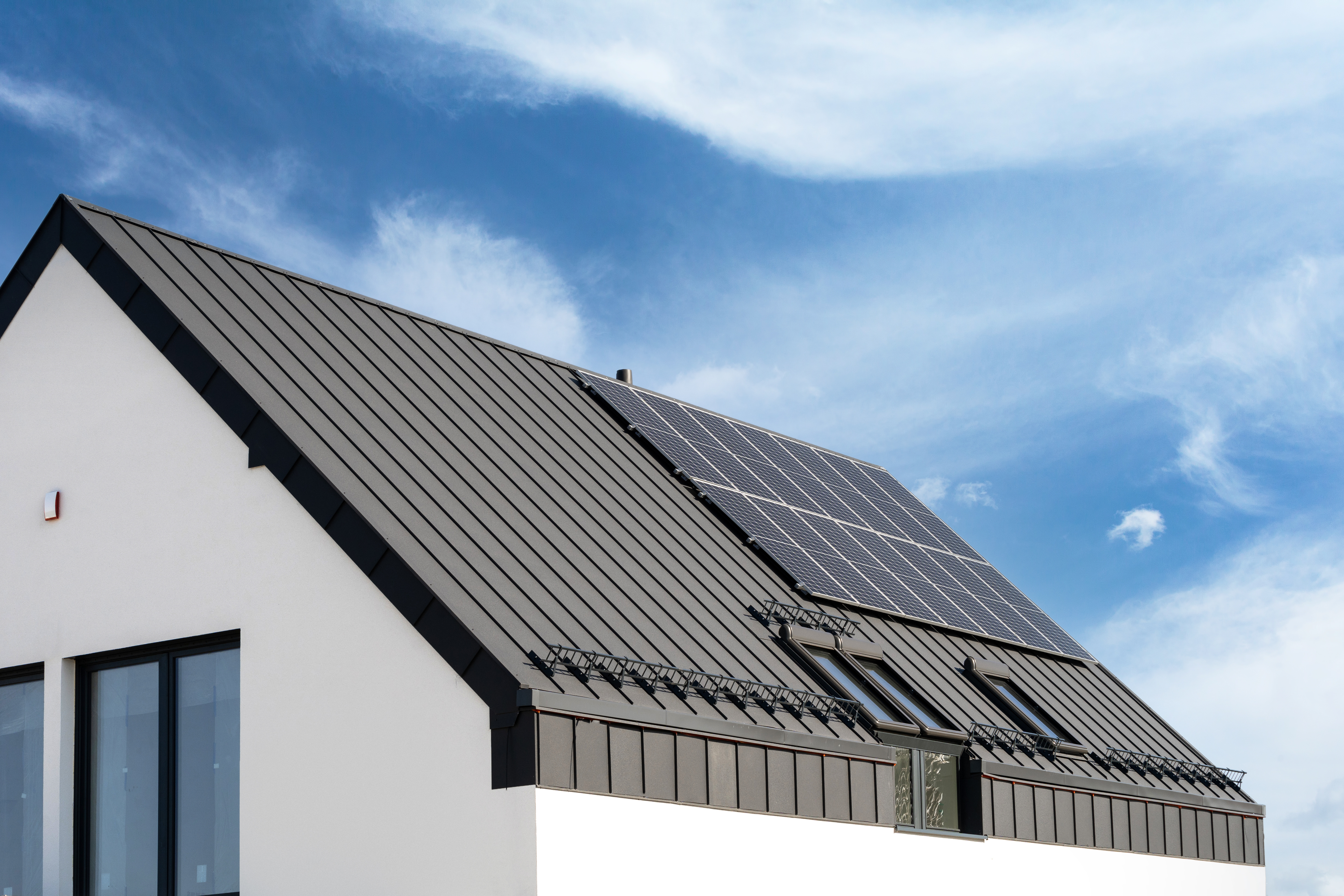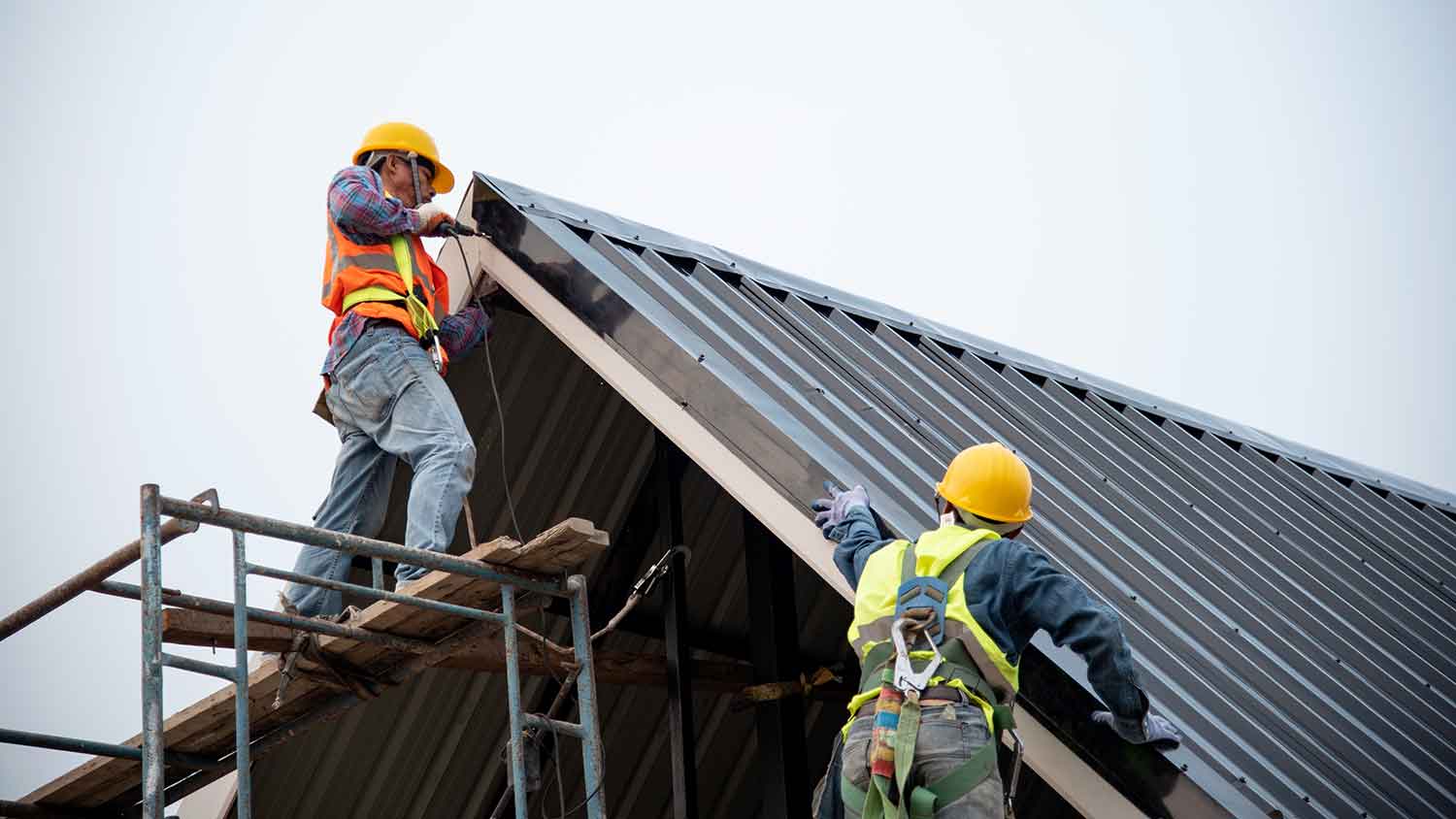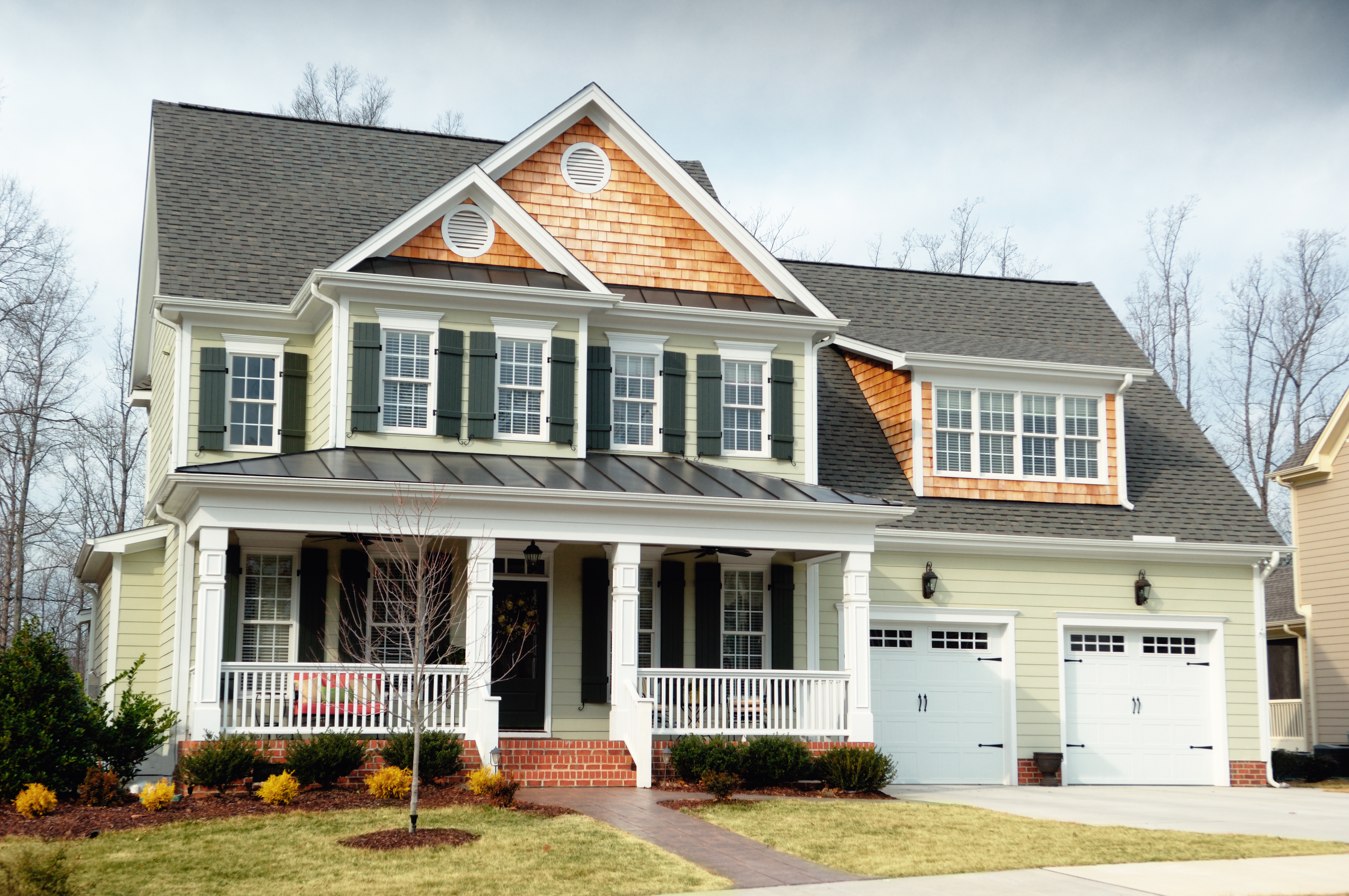
A metal roof can defend your home against Ohio’s varying weather conditions. Learn how much a metal roof costs in Columbus, OH.
If the weather permits, you can replace a roof any time of year


Replacing a roof in winter is not impossible if the weather is on your side.
Snow, rain, and ice can all make roofs slippery and harder to work on.
The material of your roof will play a big role in how doable this project is.
Whether you need an urgent repair or are preparing to sell your home, there are many reasons you may need to replace your roof during the chillier months. Which begs the question—can you replace a roof in the winter? While weather issues can make it harder to tackle this type of project, it’s still possible. Here’s what you need to know about replacing a roof during the winter season.
Winter may not be the best time to replace a roof, but you can replace a roof in the winter. However, doing so does come with more complications than if you tackle this project at a warmer time of year.
Cold weather can cause issues with building materials and can make the job more risky, even for a professional. Snow, ice, and rain can all add a level of danger to working on a roof. That being said, experienced contractors can adjust their techniques to accommodate the colder weather, and winter roof replacements may even come with benefits like lower costs and quicker availability. If there are signs you need a new roof, consider having a professional roofer come take a look and tell you how possible a winter replacement is.
Climbing on a slippery, snowy, or icy roof can lead to injury. Stay safe, and consider calling a snow removal pro to do the job.
When planning a winter roof repair project, you must consider your specific roof style before making any concrete plans.
Asphalt shingles: These can be installed in cold weather, but they become more brittle and difficult to work with as temperatures drop. The adhesive strips on shingles also require warmth to seal properly, which might not happen immediately in colder temperatures. However, using a roofing adhesive can help in these conditions.
Metal roofing: Metal roofs can be installed in the winter without major issues since they aren’t affected by the cold as much as asphalt shingles.
Wood shingles or shakes: These materials can also become more brittle in colder weather, so they’re less ideal for winter replacement.

These are some pros and cons you’ll want to consider before kicking off this project.
While it may sound easier to float your roof renovation to the spring, some helpful advantages may balance out the disadvantages of a winter replacement.
Availability: Roofers are often more available to hire in the winter, which can lead to quicker scheduling and completion of the project.
Potential discounts: Some roofing companies offer discounts during the off-season, making winter a good time to lower roof replacement costs.
Immediate repair: If the roof is damaged, replacing it in the winter can prevent further damage from leaks, snow, or ice.
Of course, there are also some serious considerations to mull over before tackling a roof replacement in the winter months.
Material limitations: Cold temperatures can make some roofing materials, like asphalt shingles, brittle and harder to work with, potentially complicating the installation.
Weather challenges: Snow, ice, and rain can make the roof slippery and dangerous for workers. Bad weather can slow down the process and increase the risk of accidents.
Adhesive issues: Some adhesives used in roofing may not bond properly in cold temperatures, potentially leading to leaks or other problems.
Warranty concerns: Some roofing material manufacturers may have warranty restrictions or voids if their products are installed below certain temperatures.
Hiring a professional roofer near you is the best way to ensure safety when replacing a roof. If you aren’t sure how to choose a roofer, consider asking trusted friends and family for a referral. Here’s what your roofing pro will likely need to do to ensure a safe winter installation.
Assess the weather conditions: Before beginning any repair, check the weather forecast to avoid working during snow, rain, or high winds. Clear, calm days are ideal for minimizing any safety risks.
Clear the roof of snow and ice: Clean any snow and ice off the roof before starting the repair. A pro can use a roof rake or a broom with a long handle to remove snow from the roof's surface. For ice, they may consider using an ice melt product that is safe for roofing materials instead of chipping away at the ice, which can damage the roof and increase the risk of slips and falls.
Wear safety gear: Anyone working on a roof should always wear non-slip footwear and appropriate cold-weather clothing before starting any type of roofing project. A safety harness that is properly anchored prevents falls. A ladder with a stabilizer also provides additional support.
Take frequent breaks: Working in cold weather can lead to fatigue more quickly. Roofers should take regular breaks to warm up, hydrate, and assess their physical condition. They don’t want to experience hypothermia or frostbite, which are real risks when working outside in winter conditions.
From average costs to expert advice, get all the answers you need to get your job done.

A metal roof can defend your home against Ohio’s varying weather conditions. Learn how much a metal roof costs in Columbus, OH.

Dealing with a visibly damaged roof or leak? Learn about roof repair costs in Columbus to see how much you’ll need to budget for a permanent solution.

Learn about roof replacement costs in Columbus and what factors are at play to budget accurately and make sure you’re getting a fair price.

Roof sealant helps protect your roof from the elements. Learn about different types of roof sealant and how to pick the right one for your roof.

Your home's new tin roof cost will depend on several factors, including its size, materials, style chosen, complexity, and added options.

Shingles that are losing their granules may not be protecting your roof. Learn why shingle granule loss happens and what it means for your roof.